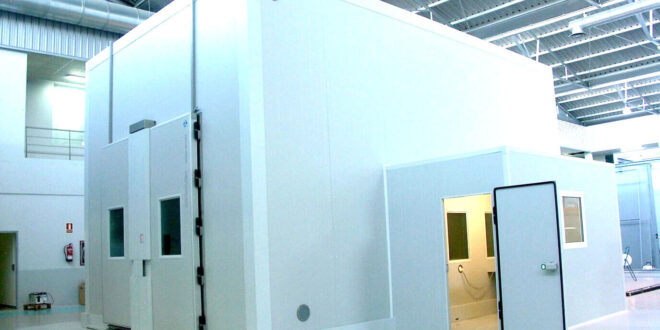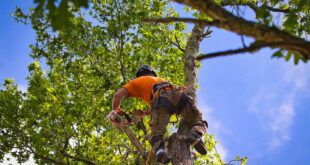Climate aging is the term used to describe how weather and environmental factors can accelerate the natural aging process of both materials and biological organisms. By conducting climate aging tests, scientists can predict how various elements will affect the longevity and functionality of a subject, be it a piece of metal or human skin.
These tests are crucial for industries like construction, healthcare, and manufacturing to ensure safety and effectiveness. In this blog post, we’ll go through why understanding maturing is fundamental, what exactly climate aging tests are, their various types, and their significant applications in diverse fields.
Why Aging Matters
Understanding the process of aging is vital for multiple reasons. In the context of human life, aging brings about numerous health challenges that can affect the quality of life. For materials—whether metals, plastics, or other substances—aging can result in a loss of strength, flexibility, or other essential properties. Climate adds an additional layer of complexity to maturing.
For instance, high temperatures can cause materials to become brittle more quickly, while extreme cold can have a similar effect. Excessive humidity or exposure to UV radiation can also accelerate the maturing process. Therefore, understanding the impact of climate on aging is key for both enhancing human life and ensuring the longevity and safety of materials.
What Are Climate Aging Tests?
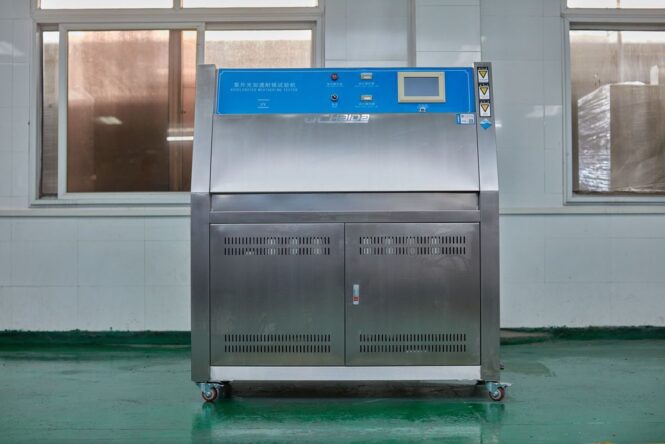
Climate aging tests are specialized experiments designed to simulate varying environmental conditions and study their effect on the maturing process that are conducted within the confinements of an aging test chamber. In a controlled environment, scientists use advanced equipment to expose the subject to conditions like extreme heat, cold, moisture, and UV radiation.
These tests aim to provide a more in-depth understanding of how long a material or organism will last in real-world conditions and help in developing strategies to enhance its longevity. They are an invaluable tool for research and are increasingly being adopted by industries aiming for sustainability and effectiveness.
Types of Climate Aging Tests
There are several types of climate aging tests, each tailored for specific conditions and materials. For instance, thermal tests expose materials to high temperatures to study changes in their properties. On the other hand, humidity tests focus on how moisture affects materials, especially ones that are sensitive to water like wood or certain types of metal. UV aging tests expose materials to ultraviolet light to simulate long-term sun exposure.
Ozone aging tests are for materials like rubber that may deteriorate due to ozone exposure. These tests offer a comprehensive understanding of how different environmental factors contribute to the maturing process, enabling scientists and engineers to design more durable materials and products.
How Climate Affects Aging
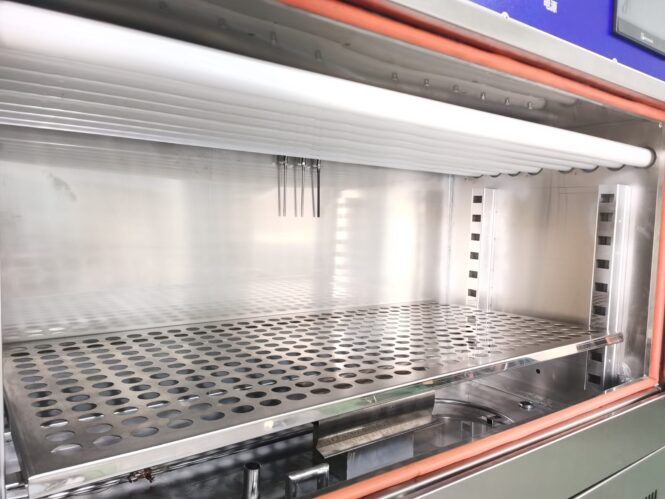
Climate plays a significant role in the maturing process. High temperatures can speed up chemical reactions, causing faster degradation in materials and biological tissues. Cold temperatures can also affect materials, making them more brittle and less resilient. Humidity often acts as a catalyst for corrosion in metals and can cause organic materials to rot.
UV exposure from the sun can degrade polymers and harm skin cells. Understanding these individual factors through climate aging tests allows us to develop strategies to mitigate their impact, extending the lifespan of materials and improving human health.
Benefits of Climate Aging Tests
Conducting climate aging tests has several advantages. First, it helps industries create products that are more durable and safer for end-users. Second, it aids in reducing waste by improving material longevity, contributing to sustainability. Third, these tests provide valuable data that can lead to innovative solutions for combating the adverse effects of maturing, whether in human health or material science.
Applications in Materials Science

In materials science, climate aging tests are crucial for assessing how various materials will fare in real-world conditions. For example, construction materials like concrete and steel are tested to ensure they can withstand the elements for long periods. Similarly, in the automotive industry, materials undergo rigorous climate aging tests to ensure they can withstand conditions like extreme heat or cold.
Applications in Biology and Medicine
Climate aging tests are not just for materials; they also have applications in biology and medicine. These tests help researchers understand how climate factors like temperature and UV radiation can accelerate maturing in living organisms.
This is crucial for developing treatments for age-related diseases and for creating skincare products designed to protect against environmental damage. For example, understanding how UV radiation speeds up skin maturing can lead to better sunscreens and skincare solutions.
Climate Aging and Product Development
Understanding climate aging is vital for product development across multiple industries, such as automotive, electronics, and even clothing. For example, car manufacturers use climate maturing tests to make sure the materials used in car interiors can withstand prolonged exposure to the sun without fading or cracking.
In electronics, these tests can ensure that devices function correctly in various environmental conditions, leading to more reliable and durable products.
Conducting Climate Aging Tests
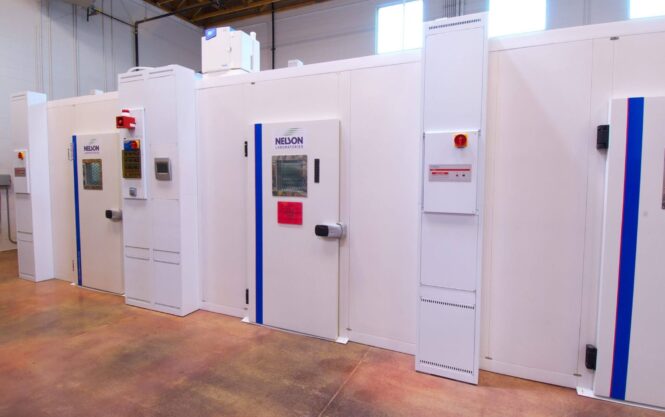
To conduct a climate aging test, you’ll need specialized equipment that can simulate different environmental conditions like temperature, humidity, and UV exposure. The subject—be it a material or biological sample—is then exposed to these conditions for a set period.
Measurements are taken at regular intervals to assess any changes in the subject’s properties. For example, a piece of metal might be measured for changes in tensile strength, while a biological sample could be examined for signs of cellular damage.
Challenges and Limitations
While valuable, climate maturing tests do have limitations. First, they can be costly to set up and run. Second, simulating long-term effects in a short period may not always be accurate. Factors like fluctuating conditions and uncontrolled variables can affect the results, making it challenging to predict long-term behavior accurately.
Conclusion
Understanding climate aging through specialized tests is critical for various industries and for improving human health. These tests help us make materials and products that last longer and perform better, ultimately leading to advancements in fields ranging from construction to medicine. Despite some challenges and limitations, the benefits far outweigh the downsides, making climate maturing tests a cornerstone in aging research.
 Imagup General Magazine 2024
Imagup General Magazine 2024
